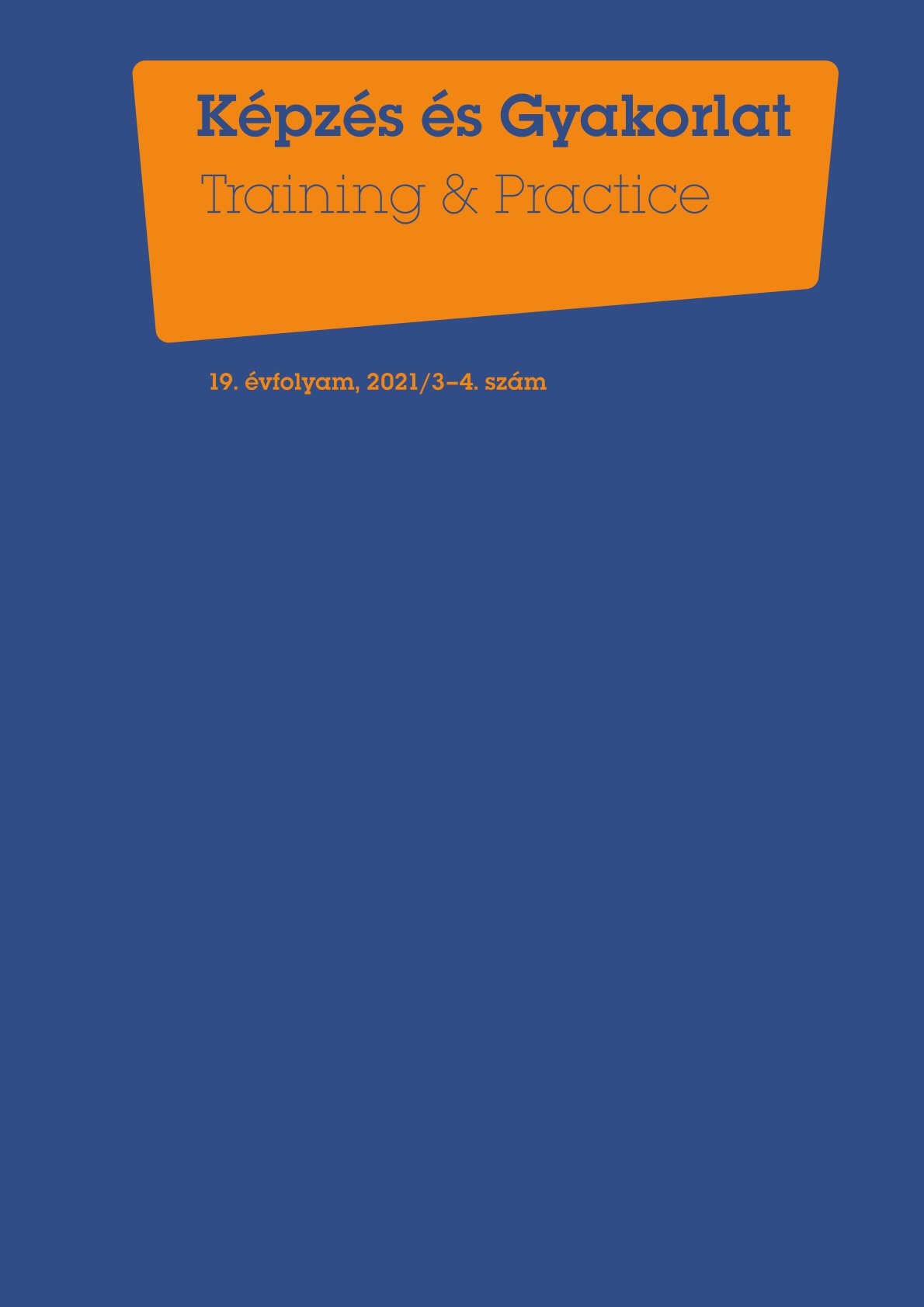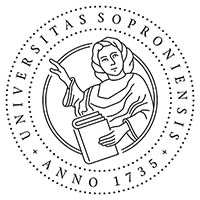Intercultural education in early childhood
DOI:
https://doi.org/10.17165/TP.2021.3-4.1Absztrakt
The acceptance of a diverse world begins with recognition at an early stage in life. However, not everyone steps out of their home with an empathic approach and this is why intercultural education should start as early as possible. The main objective of the study is to introduce the opportunities inherent in fairy tales from the perspective of intercultural education via the introduction of fairy tales dealing with multiple aspects of being different; and to introduce the practices applied in the Hungarian educational environment. The tales are analyzed with the method of content analysis, with special respect to diversity and cultural differences; then their educational applicability is analyzed based on the conclusions that can be drawn. The paper introduces the threats and opportunities of applying tales in intercultural education at a very young age, suggesting fairy tales to be used actively, but with suitable professionalism.
Hivatkozások
Bajzáth, M (2015). A népmesék és a pedagógia kapcsolatát feltáró jó gyakorlatok gyűjtése, rendszerezése, hiányterületek feltárása, adaptációs lehetőségek bemutatása, kipróbálása és a fejlesztési eredmények rendszerbe illesztése c. kutatásfejlesztési feladat. [online] https://tinyurl.com/2bd5j5ra [2018.04.28.]
Böszörményi, GY. (2009). Emberke színe. Budapest: Csimota Könyvkiadó Kft.
Bencéné, A. (2009). Az interkulturális szemlélet és napjaink óvodája. In: ÓTE Tükörkép. Baja, pp. 67–75.
Bencéné, A. (2011). Facilities of multicultural education in kindergartens. In: Practice and Theory in Systems of Education. Vol. 6 No. 1. pp. 11–16.
Bencéné, A. – Bence, K. (2015). Multicultural education through foreign language teaching. In: Engin, Arik: New research into language teaching, learning, and assessment. Ankara, Turkey, MacroWorld Publishing Co., 97–106.
Boldizsár, I. (2012). Hogyan segítik a mesék az ért˝o olvasást és az olvasóvá válást? In: Könyv és nevelés, 14. évf. 4. sz. pp. 41–53.
Guerrero, S. (2006).Märchen als Ausgangspunkt für interkulturelles Lernen. München, GRIN Verlag, [online] https://www.grin.com/document/92774 [2020.06.10.]
Guroian, V. (1998). Tending the Heart of Virtue – How classic stories awaken a Child’s Moral Imagination. New York, Oxford U. P.
Hidasi, J. (2004). Interkulturális kommunikáció. Budapest: Scolar Kiadó.
Karlovitz, T. – Torgyik, J. (2006). Multikulturális nevelés. Budapest: Bölcsész Konzorcium.
Kovács, S. (1997). Interkulturális oktatás-nevelés. In: Báthory Zoltán - Falus Iván: Pedagógiai lexikon. II. kötet. Budapest: Keraban Könyvkiadó, p. 57.
Lorenz, K. (2012). Märchen in der Pädagogik. [online] http://docplayer.org/26649959-Maerchen-in-der-paedagogik.html [2020.03.10.]
Lacor, A. – Gwen, L. G. (2011). Lili. Budapest: Csimota Könyvkiadó Kft.
Szegedi, K. (2012). Lenka. Budapest: Csimota Könyvkiadó Kft.
Torgyik, J. (2005). Fejezetek a multikulturális nevelésből. Budapest: Eötvös József Könyvkiadó.
Vekerdy, T. (2016). Mese! Miért és hogyan? [online] https://neteducatio.hu/mese-miert-eshogyan/ [2020.05.13.]
Letöltések
Megjelent
Folyóirat szám
Rovat
License
Copyright (c) 2021 Andrea Bencéné Fekete

This work is licensed under a Creative Commons Attribution-NonCommercial-NoDerivatives 4.0 International License.








